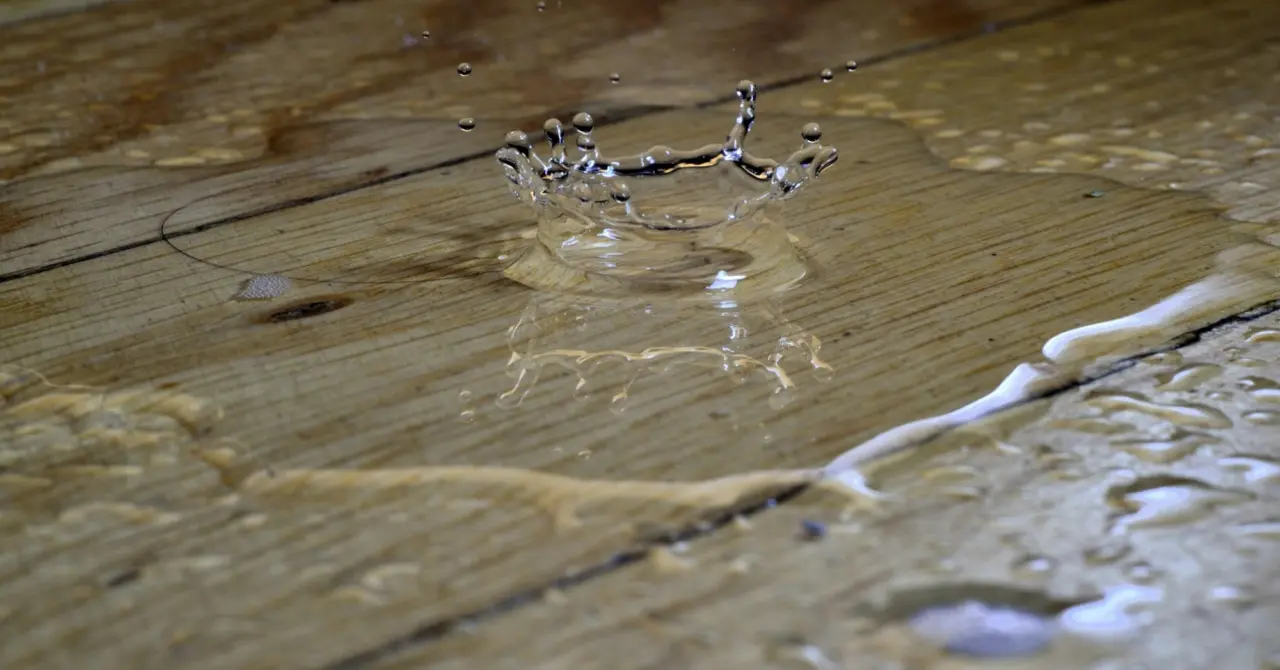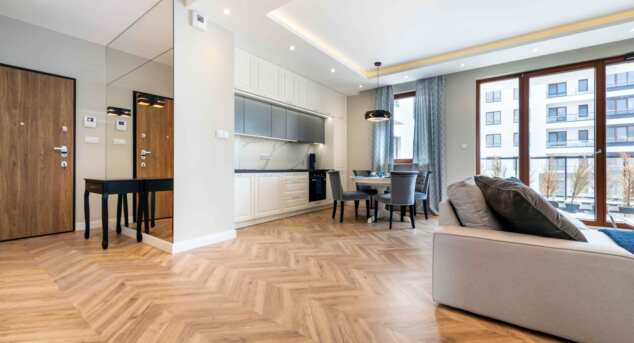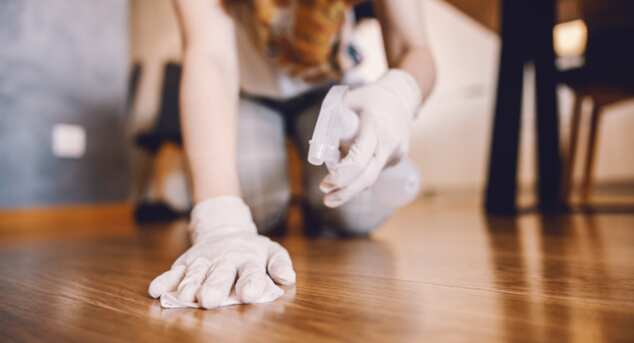Finding Local Services to Help with Water Damaged Hardwood Floors
Posted by Aaron Schaalma
Water damage to hardwood floors can be a homeowner's nightmare. It leads to warping, discoloration, and even mold growth. Quick action is essential to prevent further damage and costly repairs.
Finding reliable local services for hardwood floor water damage repair is crucial. Professional help ensures the damage is assessed and repaired correctly. However, some DIY enthusiasts may prefer tackling minor repairs themselves.
This guide will help you navigate the repair process. Learn how to identify damage, take immediate steps, and find the best local services.
Signs of Water Damage on Hardwood Floors
Water damage can manifest in various ways on hardwood floors. Observing these signs early can save you a lot of trouble in the long run.
Be alert for visible damage indicators. Consider these common signs:
Warping or buckling of floorboards
Discoloration or dark spots on the wood
Persistent musty odors or mold growth
Pay attention to changes in the floor's appearance or texture. Swift identification allows for quick action and prevents further damage.
Immediate Steps to Take After Water Damage
Taking prompt action is vital when water damage strikes. Quick responses can prevent more severe issues.
Start by removing any standing water promptly. Use a mop, towels, or a wet vac to eliminate moisture.
Next, ensure the affected area is dry. Follow these steps to aid the drying process:
Increase ventilation using fans or open windows
Employ a dehumidifier to lower humidity levels
Remove furniture to avoid further damage
Prompt action can minimize repair costs and preserve your precious hardwood floors.
DIY Hardwood Floor Water Damage Repair Tips
For DIY enthusiasts, repairing minor water damage can be straightforward. Start by assessing the severity of the damage carefully.
If the floor warps or cups, gentle sanding may smooth the surface. Ensure you have the right tools for effective results.
Here are some DIY tips to consider:
Dry the area thoroughly before beginning
Sand lightly using fine-grit sandpaper
Apply a suitable wood finish to protect
Remember, these methods work best for slight damage. For extensive issues, consider contacting a professional.
When to Call a Professional for Floor Damage Repair
Sometimes, water damage to hardwood floors requires expert help. Significant warping or mold growth can be beyond DIY skills. Professional services offer precise assessments to gauge the damage's extent.
You should consider calling a professional in these situations:
Severe warping or buckling
Visible mold growth or severe stains
Damage covering a large area
Experts can handle complex repairs efficiently and may offer warranties for their work. Timely intervention can save money in the long run.
How to Find the Best Hardwood Floor Water Damage Repair Near You
Finding a reliable repair service near you is crucial. Start by checking online reviews and ratings. Feedback from previous customers offers valuable insights into quality and professionalism.
When searching for local services, consider these tips:
Request quotes from multiple companies
Verify licenses and certifications
Ask about warranties and repair timelines
Friends and neighbors can also recommend trustworthy service providers. Personal referrals can save you time and potential frustration. Ultimately, choose a service that aligns with your needs and budget.
If you’re in Wisconsin, of course, we recommend giving us a call at Signature Hardwood Flooring to request a free consultation.
Preventing Future Water Damage to Hardwood Floors
Preventing water damage on hardwood floors is achievable with proactive measures. Regular maintenance is key to minimizing potential problems. Inspections every few months can identify early signs of damage.
Consider these preventative strategies:
Seal gaps with water-resistant finishes
Use mats in high-moisture areas
Ensure proper ventilation in humid spaces
It's also essential to address leaks and spills immediately. Quick action can prevent water from seeping into the wood. Lastly, monitor indoor humidity levels. A dehumidifier can help maintain an optimal moisture balance.



